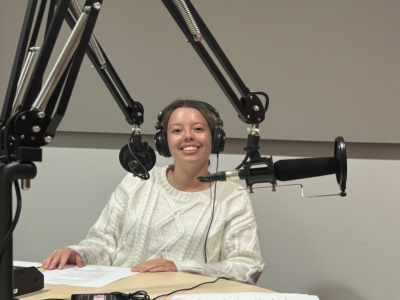Throughout history, pandemics have had acute and lasting effects on society, and their perceived risks have fascinated and terrified many. Today, they are the subject of movies like World War Z and video games like Plague Inc., but this type of representation isn’t limited to popular culture. It’s also found in news media and public health communications. Recently, the U.S. Centre for Disease Control even released a zombie graphic novel to promote pandemic preparedness.
Dr. Sheryl Hamilton, Canada Research Professor and member of the Royal Society’s College of New Scholars, Artists and Scientists, is building a picture of what it’s like to live in an era where we are continually advised that we’re at risk of contracting pandemic diseases. H1N1, MERS, Ebola, and Zika are a few examples of contemporary pandemics we’re warned of regularly.
“A common pandemic narrative is emerging which is challenging the more familiar outbreak narrative,” she says. She calls this concept “pandemic culture.”
The relationship between human touch and disease is also at the heart of Hamilton’s research, including hand washing and human contact. She’s interested in the growing anxieties around social touching and self-touching, and how this will affect things like handshakes—a common social ritual that even holds legal consequences.
Hamilton is exploring the potential impacts and consequences of living in this “pandemic culture,” including what it feels like to be both vulnerable to disease in our everyday lives and active vectors in its transmission to others.
Tuesday, January 31, 2017 in Research Profiles, Research Profiles Active
Share: Twitter, Facebook



